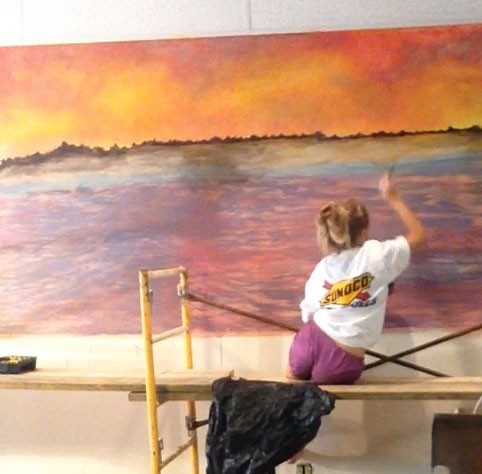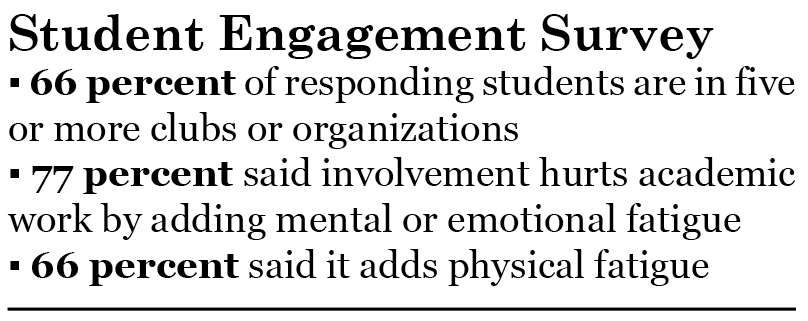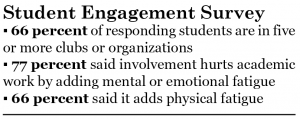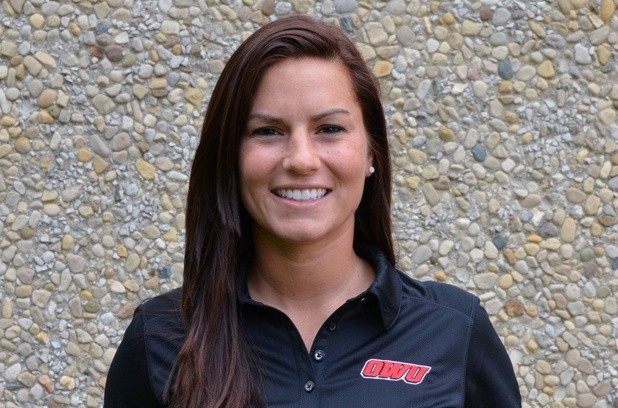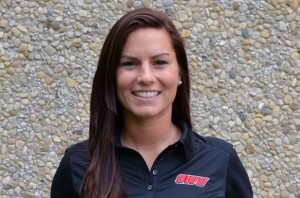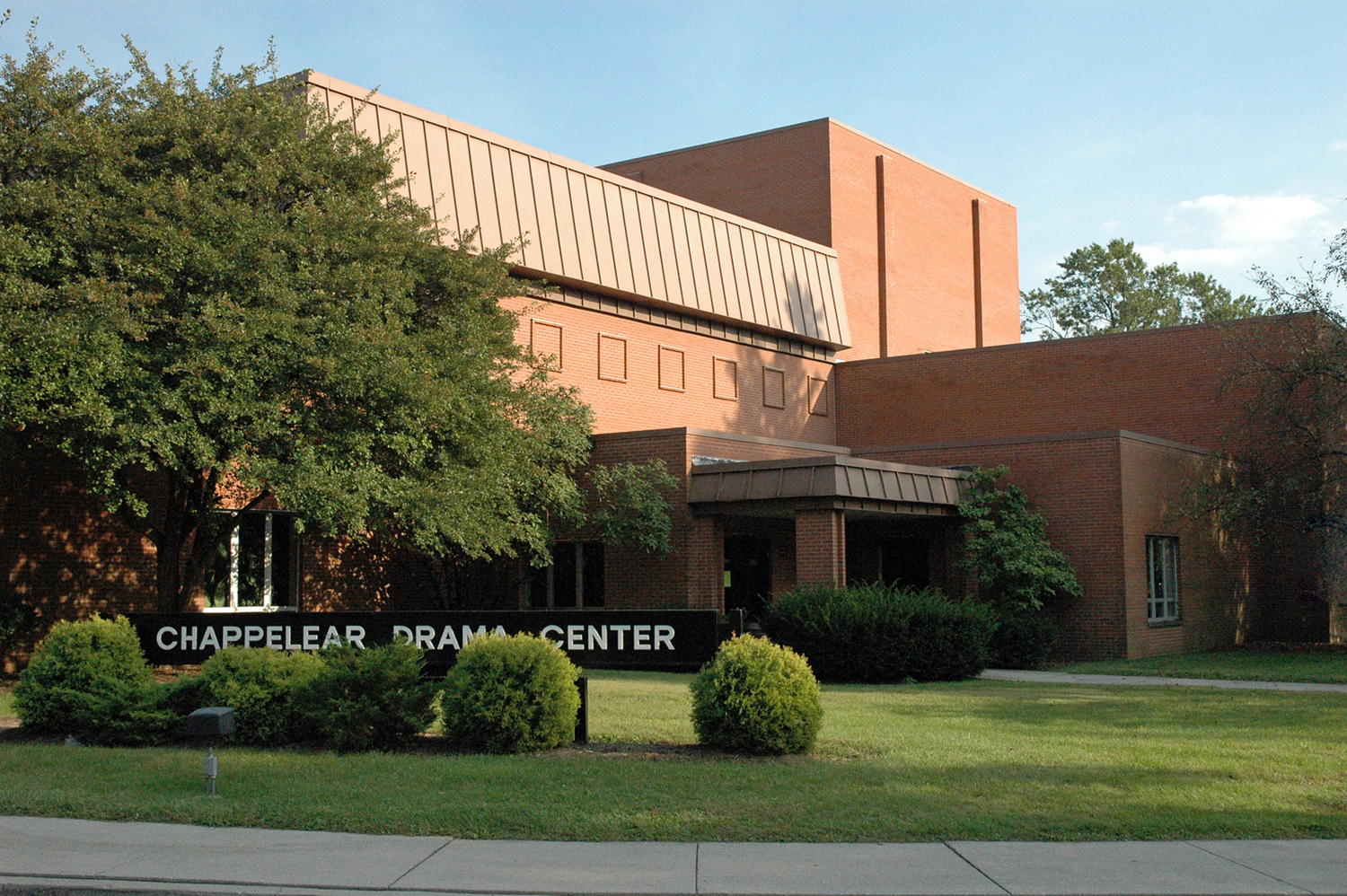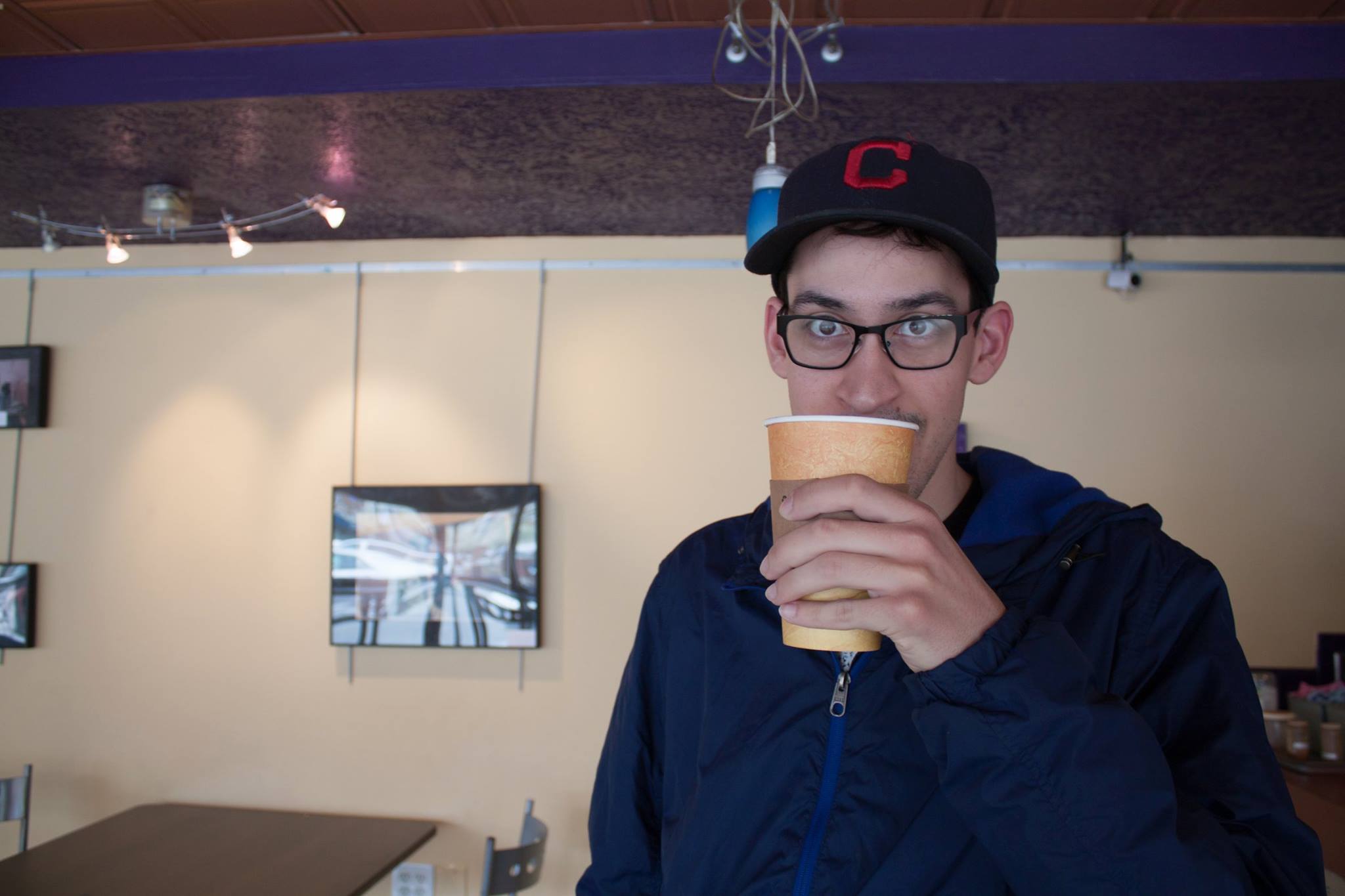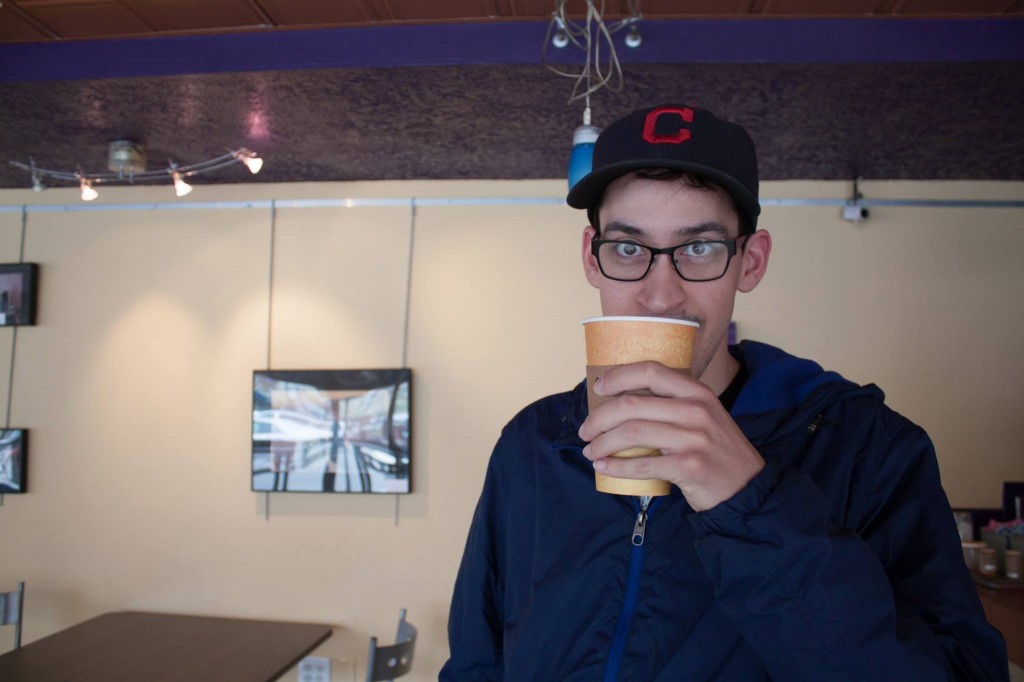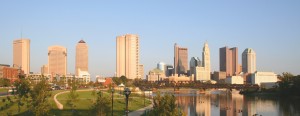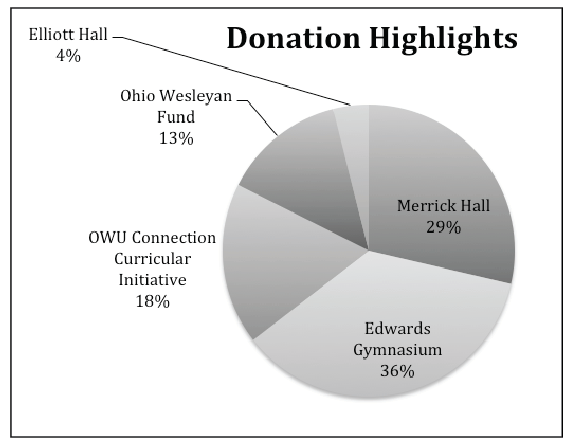The Issue: Ebola
Ebola is one of the most fatal diseases known to humankind, and it is the cause of one of the deadliest outbreaks in history in Africa. According to the World Health Organization, Ebola has a death rate of up to 90 percent, and is caused by human-to-human interaction, such as bodily fluids.
Currently, the death toll is 2,100 in several West African countries: Liberia, Guinea, Sierra Leone, Nigeria and the Democratic Republic of Congo, according to Yahoo News. By some estimates, there are about 3,500 confirmed cases of the disease, with no cure. Approximately 240 health workers in the affected areas have been infected with the disease and several have died, the Washington Post reports. However, several Americans who were infected were flown back to the U.S. and given an experimental treatment.
The Washington Post reports there are now fears that Ebola will be spreading from “remote provinces” to the bigger cities in Africa. The Post also said, “Last week, the World Health Organization warned that the number of cases could hit 20,000 in West Africa.”
The Issue: Countering ISIL
After the recent videos of American journalists being beheaded by suspected members of ISIL, the United States has ramped up their strategy against the Islamic State of Iraq and the Levant. Vice President Joe Biden said in a speech, “We take care of those who are grieving, and when that’s finished, they should know, we will follow them to the gates of hell until they are brought to justice. Because hell is where they will reside. Hell is where they will reside.”
And on Sunday, the United States launched a new series of airstrikes against Sunni fighters, which were aimed at ISIL militants. These recent attacks were made to stop militants from seizing and important dam on the Euphrates River and “prevent the possibility of floodwaters being unleashed toward the capital, Baghdad,” the New York Times reported.
President Barack Obama will be making a speech to the nation on Wednesday, which will be used to “make his case for launching a United States-led offensive against Sunni militants gaining ground in the Middle East,” the New York Times reported. President Obama has said this speech is “…not going to be an announcement about U.S. ground troops…this is not the equivalent of the Iraq war.”
The Associated Press said the head of the Arab League “urged its members…to confront Islamic State extremists ‘militarily and politically,’ issuing an apparent call to arms as President Barack Obama prepares to go to lawmakers and the American public with his own plan to stop the militants.”


